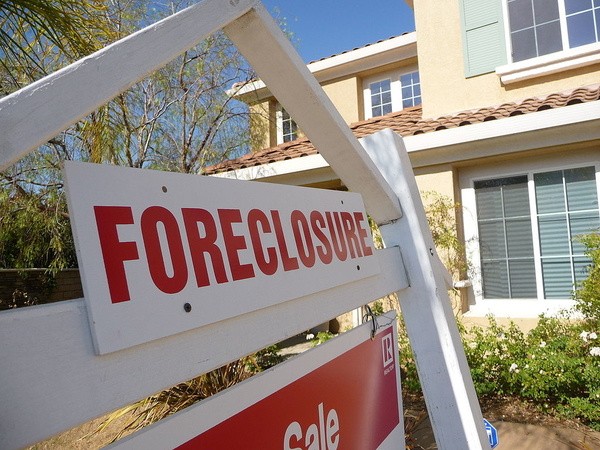
The moratorium on evictions and foreclosures for by Fannie Mae and Freddie Mac-backed mortgages has been extended until June 30, 2020, at least, the Federal Housing Finance Agency (FHFA) announced last May 14, 2020.
FHFA has extended the halt on evictions and foreclosures to help protect renters and borrowers at risk of losing their house as a result of the national emergency brought about by the COVID-19 pandemic.
The eviction and foreclosure ban, which initially was set to expire on May 17, 2020, applies only to single-family mortgages backed by the Enterprises (Freddie Mac and Fannie Mae). FHFA Director, Mark Calabria, said that no homeowner should be evicted during this time when the nation is under a health emergency.
Meanwhile, the House passed the HEROES Act bill last May 15, 2020. The $3-trillion relief package will provide much-needed support to millions of homeowners and renters affected by the ongoing health crisis and shutdown, among other provisions.
Under the HEROES Act, around $100 billion short-term and medium-term rental assistance will be provided to the over 40 million renters, as reported by CNBC. Eligibility for the grant will be verified under the guidelines set forth by the existing rental assistance program.
Another $75 billion will be set aside as assistance fund for homeowners at risk of mortgage defaults and foreclosures. A ban on evictions due to nonpayment will also be imposed for 12 months following the date of the enactment.
Apart from the government measures meant to protect renters and homeowners from eviction, many states have also put in place similar eviction bans to help mitigate the impact of the coronavirus pandemic.
How is the eviction and foreclosure moratorium affecting real estate?
As cited by Forbes, ATTOM Data Solutions reported a 70 percent decline in foreclosure filings - 14,148 properties in the U.S. - from March 2020. The figure also represents a 75 percent decline from one year ago.
ATTOM Chief Product Officer, Todd Teta, said that this figure is the lowest in terms of foreclosure filings ever recorded nationally since April 2005, following the government-imposed moratorium.
While it cannot be ascertained how much of the data is attributed to the pandemic, it is almost certain that the results are temporary, and once the ban is lifted, will the effect of the national health crisis be genuinely measured, Mr. Teta added.
Year-on-year, the top states that saw the largest decline in foreclosure starts, according to ATTOM data, include Georgia, dropping 85 percent; North Carolina, down by 84 percent; Florida, declined by 93 percent; Michigan, down by 82 percent; and Colorado which fell by 81 percent.
There were several counties, on the other hand, that posted increases in foreclosures in April 2020, despite the overall nationwide decline. Marin County in California leads the list with an uptick of 76 percent, followed by Monterey County, California, with an increase of 42 percent. Rounding out the list are Mesa County in Colorado, up by 40 percent; Solano County, California, rose by 36 percent, and Hillsborough County in Florida, showing an increase of 18 percent.
READ NEXT: Weekly Home Purchase Loan Applications Rise Again
As for the states with the worst rate of foreclosures, Delaware, Maryland, and Illinois are the top three. Delaware has one in every 2,745, Maryland posted a rate of one in 3,809, and Illinois has one in 5,353 housing units.



